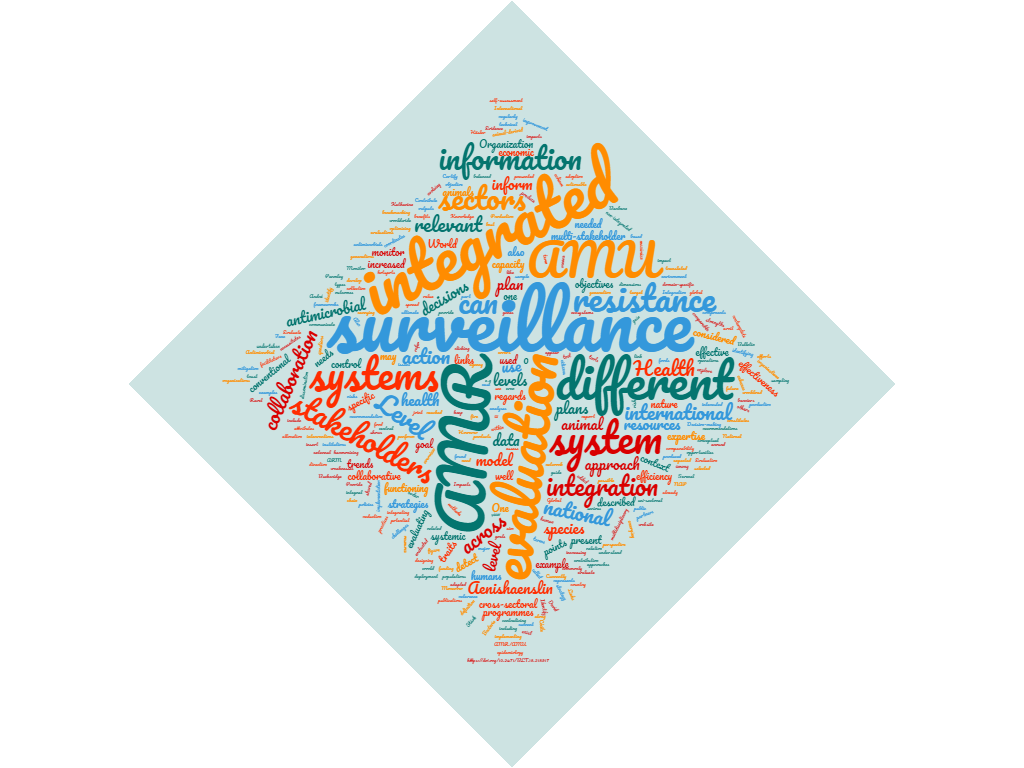
Evaluation methods depend on the goal of the evaluation itself. Yet, evaluation may pursue various stakeholder goals. One may evaluate a surveillance system to respond to the request of an external customer/stakeholder/entity (e.g. funders) or to fulfil an internal need for information to improve the system. The customer who demands the evaluation will determine the scope of and expectations from it, and most probably the time available for it and its possible recurrence.
Whether the request originates from an external or internal customer/stakeholder/entity, the planning, execution and integration of the advice resulting from the evaluation must be an integral part of the established policy and management cycle. Taking these aspects into account will shape the goals of the evaluation, according to the attributes of the surveillance system that are most crucial for the manager or policy-maker: e.g. effectiveness, efficiency, flexibility, resilience. Each of these general attributes will be defined according to the precise goal(s) of the surveillance system under scrutiny and inform the evaluation plan.
Links to selected publications:
Calba, Clementine, Flavie L. Goutard, Linda Hoinville, Pascal Hendrikx, Ann Lindberg, Claude Saegerman, et Marisa Peyre. « Surveillance systems evaluation: a systematic review of the existing approaches ». BMC Public Health 15, no 1 (1 mai 2015): 448. https://doi.org/10.1186/s12889-015-1791-5
